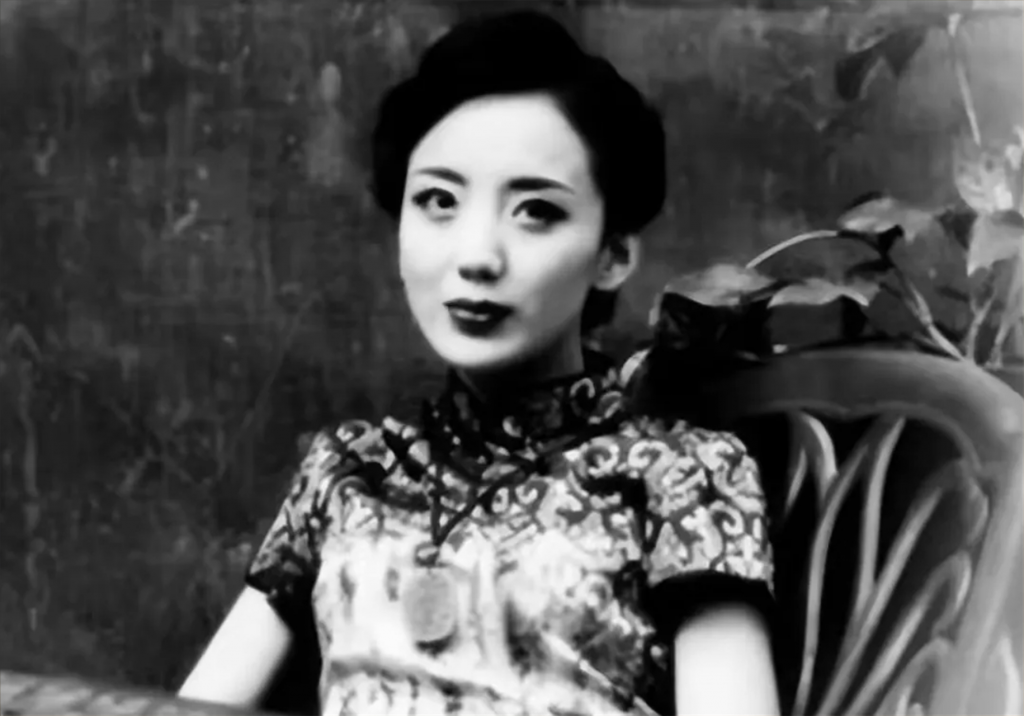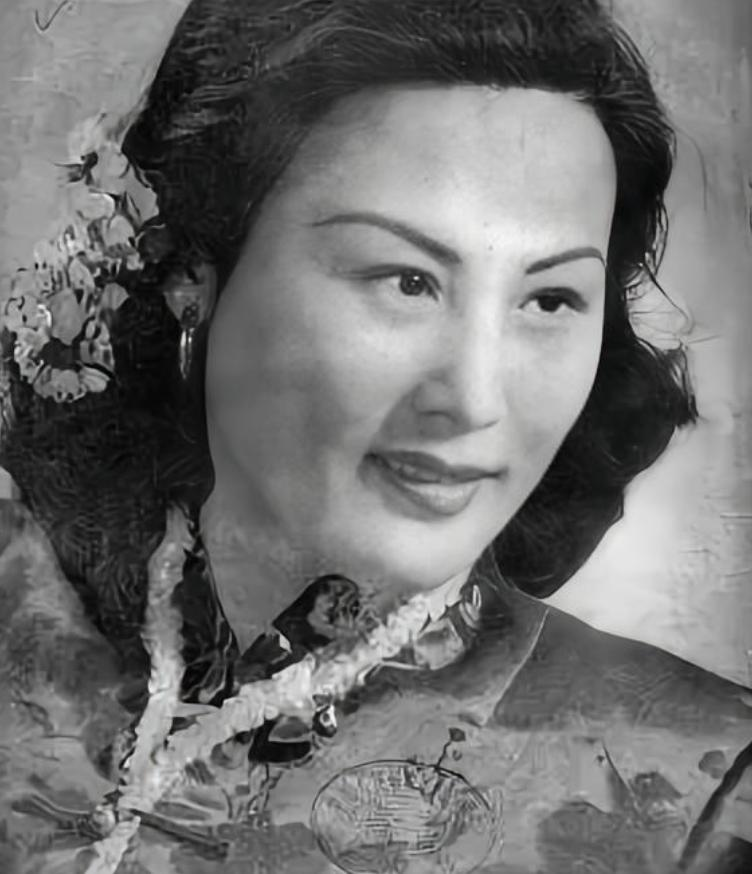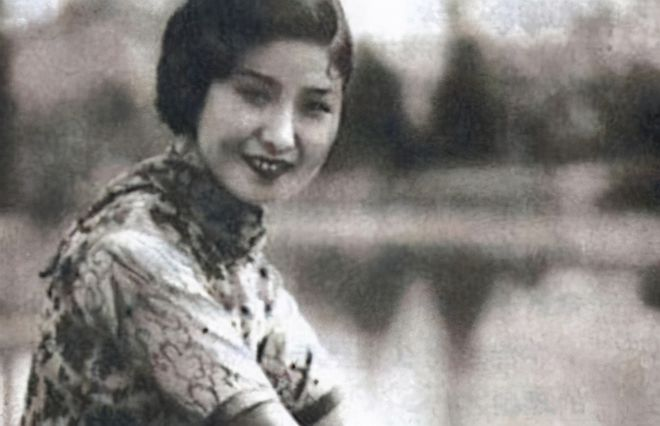When we talk about the colorful figures in the Republic of China era, the names of the four notorious “young masters” often come to mind. But hidden in the shadows, there were three powerful women who were just as ruthless and influential—earning them the notorious title of the “Three Female Ruffians” of the Republic of China. These women were beautiful, cunning, and unstoppable, making their mark in the tumultuous world of the early 20th century.
So, why were these women called “female ruffians”? Simple—each one had a reputation for being fierce, ruthless, and completely unpredictable. Whether it was exploiting the people, engaging in violent confrontations, or collaborating with the Japanese, their actions left an indelible mark on history. Here’s a look at these infamous figures who became legends in their own right.
1. Lin Guisheng – The First “Female Young Master”
Although Lin Guisheng’s name may not ring a bell to many, her husband, Huang Jinrong, is a name known to every historian of Shanghai. Huang was one of the three big tycoons of Shanghai and a prominent leader of the Green Gang, but it was Lin, with her keen intellect and ruthless tactics, who helped him achieve his massive success.

Born in 1877 into a family with a strong business background, Lin grew up amidst the complex social and criminal undercurrents of Shanghai. Her family was connected to the underworld, and Lin herself became a key player in Shanghai’s infamous criminal circles. In 1900, Lin married Huang Jinrong, who was a young officer at the French Concession Police. With Lin’s cunning and strategic mind, the couple built an empire of illegal enterprises, ranging from drugs to human trafficking. Lin’s influence extended far beyond her husband’s businesses; she also played a pivotal role in shaping the future of Shanghai’s criminal landscape.
Unfortunately, her marriage crumbled in 1919 when Huang became infatuated with a famous opera singer. After a series of clashes, Lin divorced him and started a close relationship with Du Yuesheng, who would later become one of Shanghai’s most famous gangsters. Lin’s rise to power and her remarkable business acumen made her a force to be reckoned with in Shanghai’s underworld.
2. She Aizhen – The “Venomous Beauty”
They say no one can match the cruelty of a woman’s heart, and She Aizhen was a perfect embodiment of this saying. Born in 1900 into a respected family, She was supposed to be the epitome of a refined woman. However, her life took a dramatic turn when she became embroiled in an illicit love affair during her youth, which ultimately led to the tragic death of her child.

Unable to find happiness in her marriage, She Aizhen left her family and joined the chaotic world of Shanghai’s streets. Starting as a maid and later working as a casino croupier, she eventually caught the eye of powerful gang leaders. Her cunning and beauty allowed her to manipulate her way into power, eventually becoming a prominent figure in the Shanghai criminal world.
By 1939, She was married to Wu Sibao, a bodyguard for the notorious Green Gang leader Ji Yunqing. Together, they became key figures in the Japanese-controlled puppet government during World War II. Known as the “Mother of Venomous Snakes,” She was both feared and reviled by Shanghai’s citizens for her brutal collaboration with the Japanese.
3. Shen Peizhen – The “Fearless Rebel”
While Lin Guisheng and She Aizhen were marked by their brutal tactics and cunning, Shen Peizhen stood out for her unmatched bravery and revolutionary spirit. A prominent feminist and democratic activist, Shen became known as one of the fiercest female revolutionaries of her time. She played a crucial role in the early years of the Republic of China, fighting for women’s rights and equality.

After studying in Japan, Shen returned to China and joined the ranks of the revolutionaries during the Xinhai Revolution. She formed a women’s militia unit and later established the Women’s Martial Society in Shanghai, where she recruited over 500 female members. Shen’s advocacy for women’s political rights was radical for the time, and she became notorious for storming the halls of the Chinese National Assembly in 1912 to demand the inclusion of women in the political process. Her violent confrontation with male politicians and her strong stance on women’s rights earned her the derogatory title of “female ruffian.”
Despite the backlash, Shen’s efforts for female empowerment and her resistance to the patriarchal structure left a lasting legacy in the fight for women’s rights in China.
The Lasting Legacy: From “Female Ruffians” to Cultural Icons
These women may have been called “female ruffians” during their time, but their stories reflect a complex mix of power, resistance, and influence. They were not just criminals or pawns in the struggle for control in a tumultuous era; they were pioneers who defied the norms and fought for their place in a male-dominated world. Their lives remind us of the fierce spirit of women who shaped history, often without recognition, and sometimes with harsh labels attached.
In modern times, these women have come to symbolize the complexity of female empowerment, defiance, and survival. Their stories continue to inspire those who challenge the status quo and fight for justice, making them not just historical figures, but cultural icons. Whether seen as tragic heroines or ruthless criminals, the “three female ruffians” of the Republic of China remain unforgettable in the annals of history.

No comments yet.